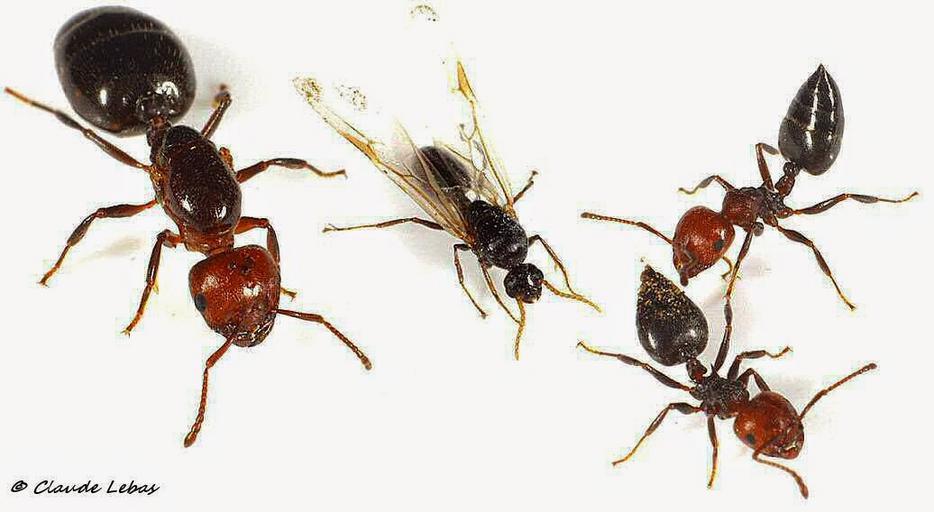MAKE A MEME
View Large Image

| View Original: | Crematogaster_scutellaris_(Olivier_1792)_☿_(Formicinæ:_Myrmicinæ:_Crematogastrini).jpg (1036x568) | |||
| Download: | Original | Medium | Small | Thumb |
| Courtesy of: | www.flickr.com | More Like This | ||
| Keywords: formicinae myrmicinae crematogastrini insecta hymenoptera crematogaster scutellaris crematogasterscutellaris hexapoda arthropoda animalia crematogaster dicondylia ♂,♀ ♂♀ white background outdoor drawing Parabiotic of Lasius emarginatus, Lasius lasioides, Camponotus lateralis, Pheidole pallidula. Illustration for a comparative ecophylogenetic analysis of local myrmecofaunas, based on r/K selection theory and intra / interspecific parabiosis / lestobiosis, particularly focused on allochthonous and invasive species. [Crematogaster: 780 spp] Crematogaster is one of the most species-rich and widely distributed ant genera. Despite its cosmopolitan distribution, most spp are found in the tropics. The extreme species richness together with the high intraspecific and geographical variability provides serious obstacles for the taxonomic understanding of this genus. Thus, it is not surprising that revisionary treatments are very scarce and have been thoroughly avoided in the past. Some regional faunas have been revised on genus or subgenus level. In tropical regions, most members of this genus are arboreal, although a minority of species nest and forage on the ground. Crematogaster can be found in a diversity of habitats, such as forests, woodlands, savannahs or shrublands and they often play a dominant, aggressive and territorial role within the local ant fauna. Most Crematogaster seem to be highly generalistic and omnivorous, although the most important resource for many species is homopteran honeydew. Crematogaster species can be difficult to identify. There are many parts of world where Crematogaster are quite abundant but the diversity and taxonomy of the genus is poorly known. A number of recent revisions have greatly improved our understanding of a few species groups and regions. Unfortunately there is no comprehensive revision that can provide any coherent accounting of the genus as a whole. Parabiotic of Lasius emarginatus, Lasius lasioides, Camponotus lateralis, Pheidole pallidula. Illustration for a comparative ecophylogenetic analysis of local myrmecofaunas, based on r/K selection theory and intra / interspecific parabiosis / lestobiosis, particularly focused on allochthonous and invasive species. [Crematogaster: 780 spp] Crematogaster is one of the most species-rich and widely distributed ant genera. Despite its cosmopolitan distribution, most spp are found in the tropics. The extreme species richness together with the high intraspecific and geographical variability provides serious obstacles for the taxonomic understanding of this genus. Thus, it is not surprising that revisionary treatments are very scarce and have been thoroughly avoided in the past. Some regional faunas have been revised on genus or subgenus level. In tropical regions, most members of this genus are arboreal, although a minority of species nest and forage on the ground. Crematogaster can be found in a diversity of habitats, such as forests, woodlands, savannahs or shrublands and they often play a dominant, aggressive and territorial role within the local ant fauna. Most Crematogaster seem to be highly generalistic and omnivorous, although the most important resource for many species is homopteran honeydew. Crematogaster species can be difficult to identify. There are many parts of world where Crematogaster are quite abundant but the diversity and taxonomy of the genus is poorly known. A number of recent revisions have greatly improved our understanding of a few species groups and regions. Unfortunately there is no comprehensive revision that can provide any coherent accounting of the genus as a whole. | ||||